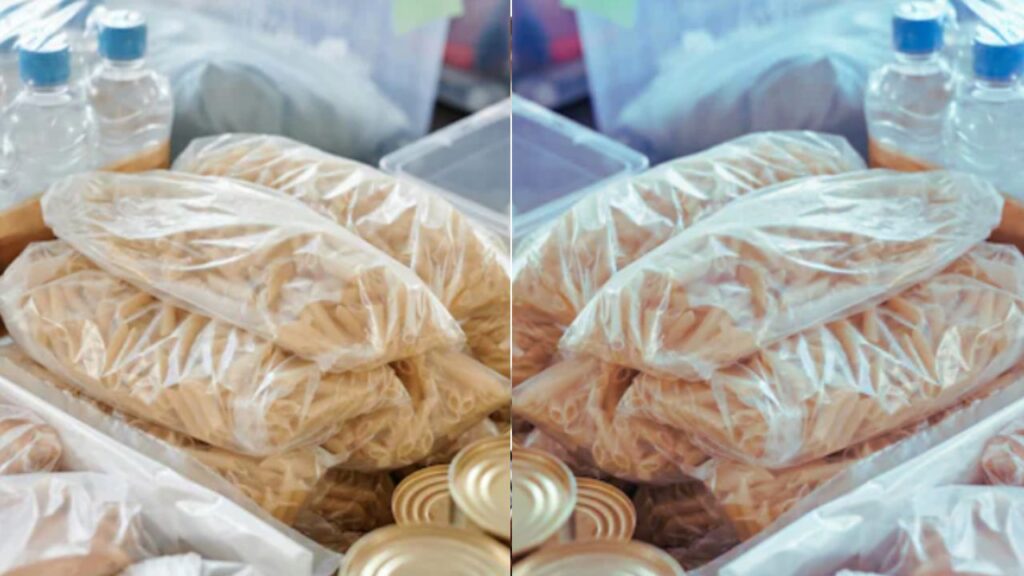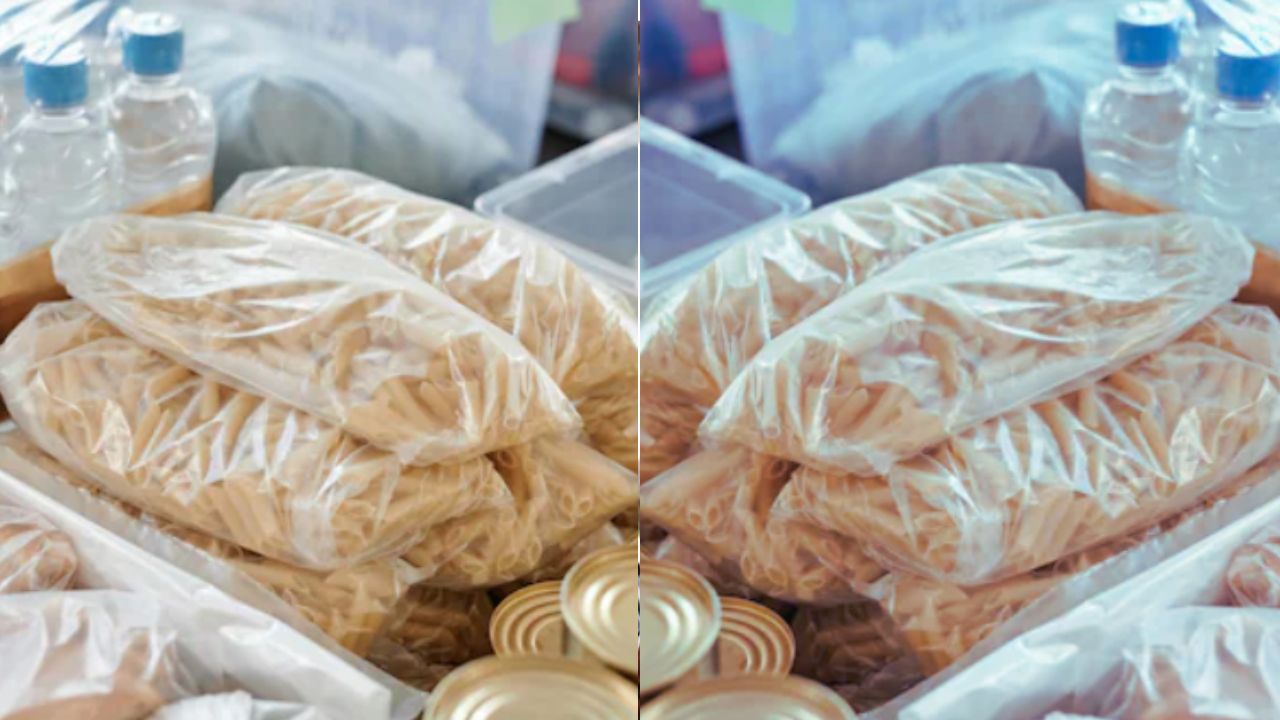Disaster-Ready Dining: How to Prepare an Emergency Food Supply for Earthquake and Tsunami Survival
When nature strikes without warning, being prepared is not just smart — it’s lifesaving. Earthquakes and tsunamis can devastate entire regions within minutes, cutting off access to food, clean water, and basic supplies. In such critical situations, having a well-stocked emergency food supply can mean the difference between panic and peace of mind.
This guide walks you through how to create a reliable, long-lasting food supply kit, tailored specifically for earthquake and tsunami emergencies.
Why You Need an Emergency Food Supply
Unlike storms or floods that can be anticipated, earthquakes strike without warning, and tsunamis may follow within minutes to hours, destroying infrastructure, roads, and stores. Relief supplies may take days to arrive, especially in remote or heavily damaged areas. That’s why every household — especially in high-risk zones — should maintain an emergency food and water reserve for at least 7 to 14 days.
Checklist: What Should Be in Your Emergency Food Kit?
Here’s a breakdown of non-perishable, nutrient-dense, and easy-to-prepare food items you should stock:
Carbohydrates & Energy Sources
- Instant rice, noodles, or pasta
- Oatmeal packets
- Energy bars or granola bars
- Crackers and biscuits (low-sodium recommended)
- Cereal (in sealed containers)
Proteins
- Canned beans (black beans, kidney beans, chickpeas)
- Canned tuna, sardines, or chicken
- Peanut butter or other nut butters
- Vacuum-sealed tofu or soy products
- Dry lentils (if cooking is possible)
Fruits and Vegetables
- Canned fruits in juice (not syrup)
- Canned vegetables with low sodium
- Dried fruits (raisins, apricots, etc.)
- Vegetable and fruit juice boxes (100% juice)
Dairy or Dairy Alternatives
- Shelf-stable milk or plant-based milk (UHT packs)
- Powdered milk
- Processed cheese spreads in foil packs
Comfort Foods (Boost Morale)
- Instant coffee or tea
- Hard candies or chocolate
- Spices or seasoning sachets
- Ready-to-eat Indian snacks (like khakhra, thepla, mathri)
Water
- Store at least 4 liters (1 gallon) of water per person per day — 2 liters for drinking, the rest for cooking and hygiene.
- Include water purification tablets or filters in case supply runs out.
Food Storage Tips for Earthquake & Tsunami Preparedness
- Keep items in airtight, waterproof containers.
- Store in a cool, dry, elevated place — above ground level to prevent tsunami or flood damage.
- Use stackable, labeled bins for easy access and inventory tracking.
- Rotate supplies every 6 months. Use the “First In, First Out” method.
- Include manual can openers, paper plates, cups, and disposable cutlery in your kit.
- Label everything with expiry dates and replenishment reminders.
Where to Store Your Emergency Food Supply
Your food supply should be:
- Easily accessible in an emergency
- Stored in multiple locations, if possible (home, car, workplace)
- Away from hazardous materials or sharp objects
- In sealed bins or food-grade buckets to prevent contamination from rodents, water, or debris
Special Considerations
Infants & Toddlers
- Baby formula, baby food jars, teething snacks
- Bottled water for formula preparation
Elderly
- Easily chewable foods
- Special dietary items (low sodium, sugar-free)
Pets
- Dry/wet pet food
- Collapsible bowls
- Drinking water supply for pets
Cooking Without Power: What You Might Need
- Portable gas stove or solar cooker
- Canned heat or chafing fuel
- Matches or a waterproof lighter
- Fire extinguisher
Avoid using indoor grills or stoves unless you’re in a well-ventilated, safe location.

Emergency Food Supply Kit: At-a-Glance Summary
| Category | Quantity (7 Days/Person) |
|---|---|
| Water | 28 liters (4 liters/day) |
| Non-perishable food | 10,000–12,000 calories total |
| Protein sources | 7–14 cans or packs |
| Carbs & grains | 7–10 servings |
| Fruits/vegetables | 7–14 servings |
| Extras | Comfort snacks, coffee, sweets |
Prepare Now, Survive Later
Emergency preparedness is not about panic — it’s about planning. A tsunami or earthquake can wipe out stores and supply chains in hours, but your emergency food supply can keep you nourished, calm, and focused during those crucial days.
Act today. Start small. Build consistently. Because in a crisis, the right preparation could save your life — and the lives of your loved ones.
Ready to start your emergency kit? Begin with just three days of food and build up from there. Your future self will thank you.
